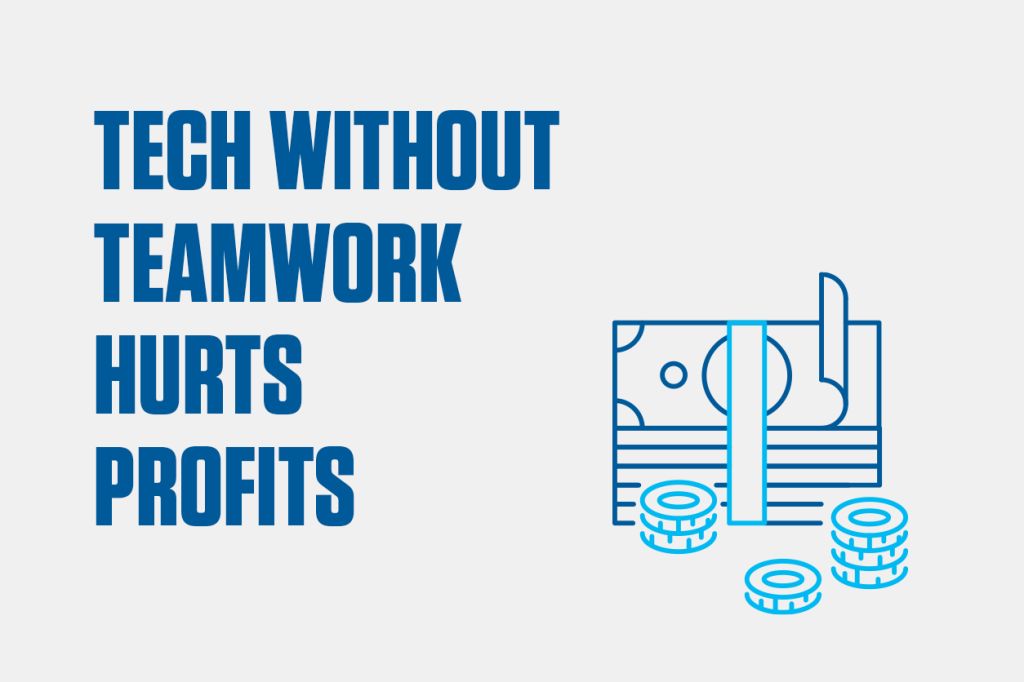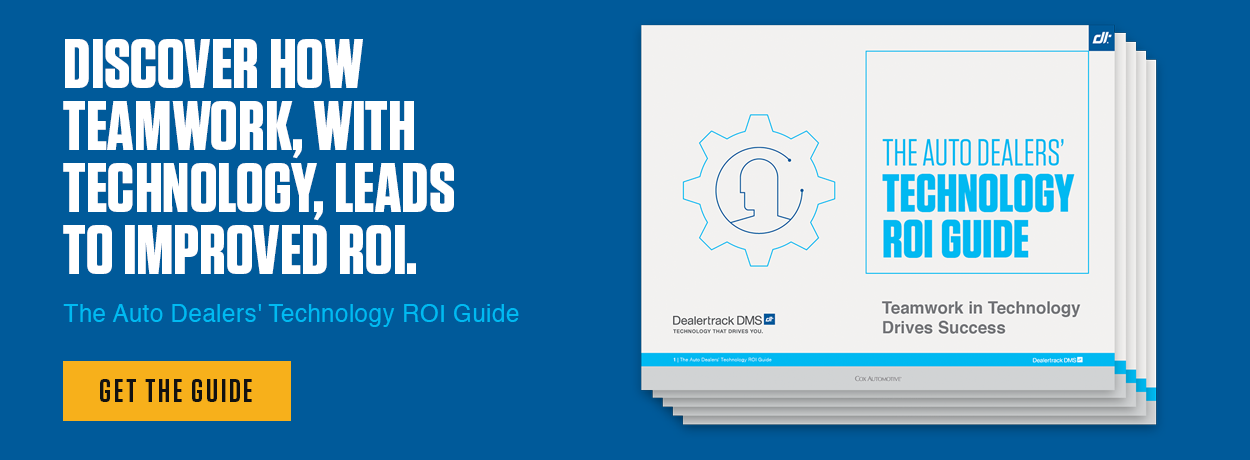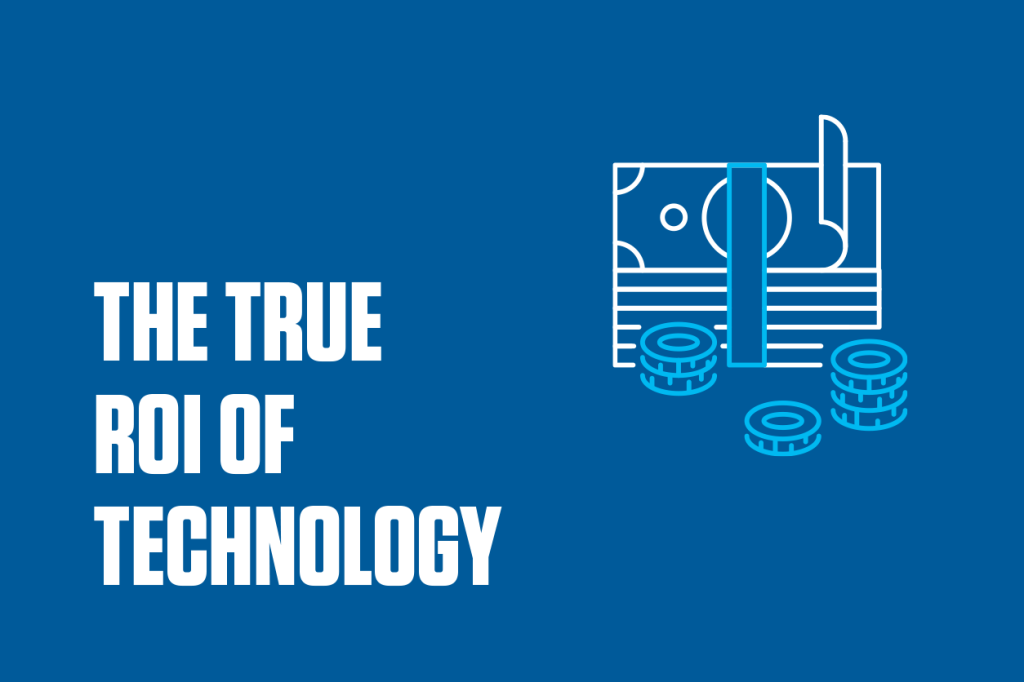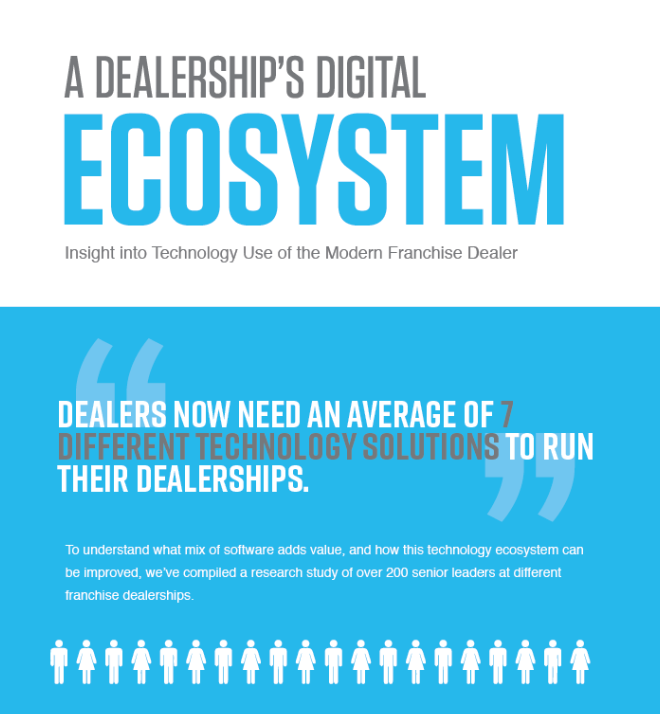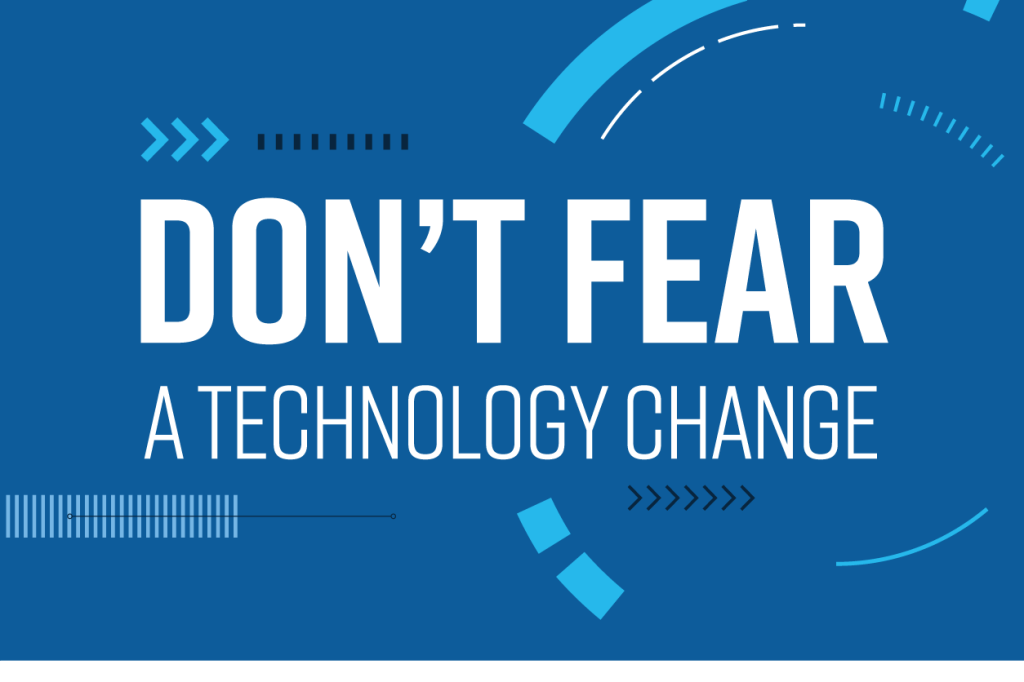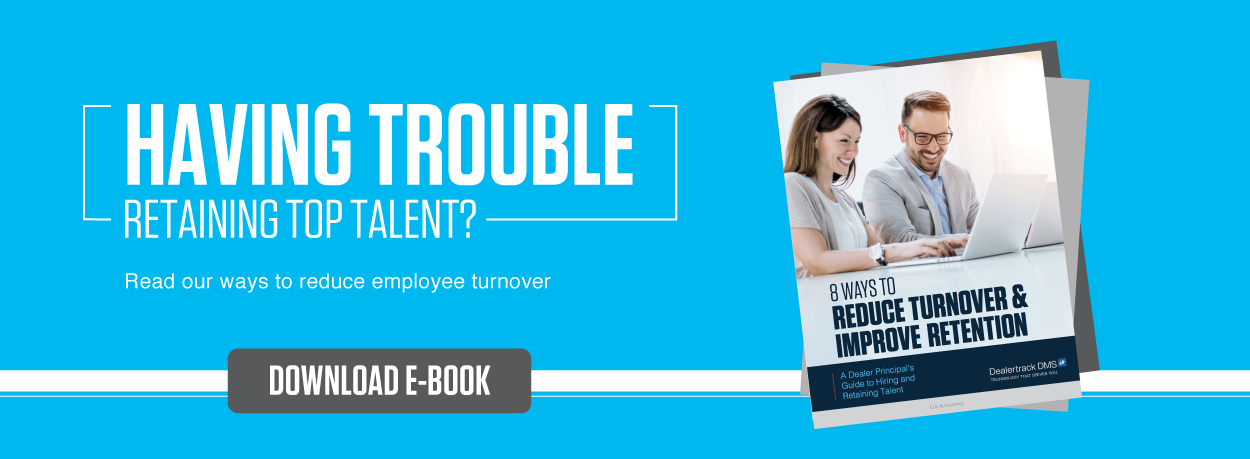A lack of teamwork hurts where it counts. So, who’s counting? The average dealership invests significant dollars in technology every year. If you’re not sure if you’re overspending, chances are you haven’t fully calculated the return on investment (ROI) of your purchases. And many dealerships are simply doing their best to make informed decisions only to be left high and dry by vendors looking to turn a quick profit. Don’t get left high and dry – demand better support from:
Your Vendors
When it comes to selecting a vendor to power your dealership make sure you treat any contract or deal like a true business partnership. Before you sign anything, ask yourself the same questions you would if you were going into business together—because you are—and it could cost you time and money to start over if the partnership doesn’t work out. Does this vendor have a philosophy on doing business? Do they have a plan for success? And do you agree with it? How do they define success? If their definition of success is not about making your business look good, it’s time to move on.
Where it counts: Most dealerships use up to seven software systems to run their store. With seven integrations and average monthly fees of $500 each, dealers are spending $3,500 a month to access their own data. That’s $42,000 a year! (Click here to find out how much you’re paying.)
Your Team
We’re all in the same ship…but is everyone rowing in the same direction? Has everyone on your staff accepted your company’s mission, and are they optimistic about adopting and learning the new technology you’re installing? Could this become part of your career development trajectory to help your team grow into their roles?
Where it counts: It’s OK if your DMS is new to your team—not everyone has to be an expert right away. But your DMS should be easy enough to learn that it’s not driving away potential team members and job candidates. According to the 2018 NADA Dealership Workforce Study, the turnover rate for the automotive industry is 43%. Hiring and retaining team members is extremely costly. If your technology is driving away employees, you’ve got a technology problem and a money problem.
Your Resources
There’s nothing worse than signing a contract, walking away, and getting left high-and-dry without any support. You’ve already invested a lot of money into a new system, and now you’re supposed to become a subject matter expert and trainer to the rest of your dealership, too? Does your new partner offer a peer-to-peer community, training tools, and learning support? When does this start? Try to find a vendor who supports a culture of learning to the community before you even sign a deal, like the NADA Professional Series, or other industry conferences and expos. Your ongoing success depends on continued communication, support, and training from your vendors because technology continues to adapt and adjust every day.
Where it counts: In this Cox Automotive 2018 Service Industry Study, only 54% of new hires receive enough training prior to beginning work. Feeling undertrained can lead to higher turnover and abandonment of technology tools.
It doesn’t have to be this way. Technology tools, platforms, and systems are absolutely integral in today’s digitally connected auto dealerships. But, you can make an informed decision and partner with a provider who has your best interests at heart, provides better resources for continued use and development, and empowers your team to be their best.
Ready to improve the ROI of your technology? Get the Auto Dealers’ ROI Guide here.

